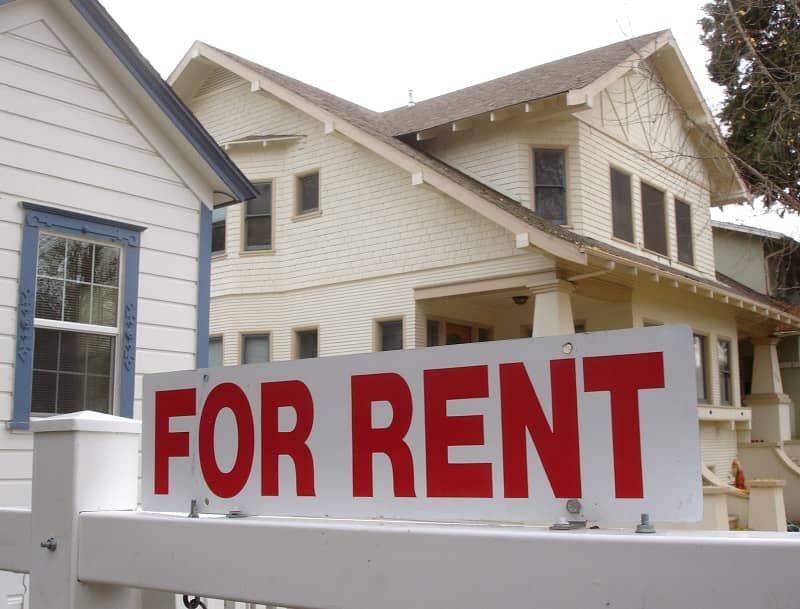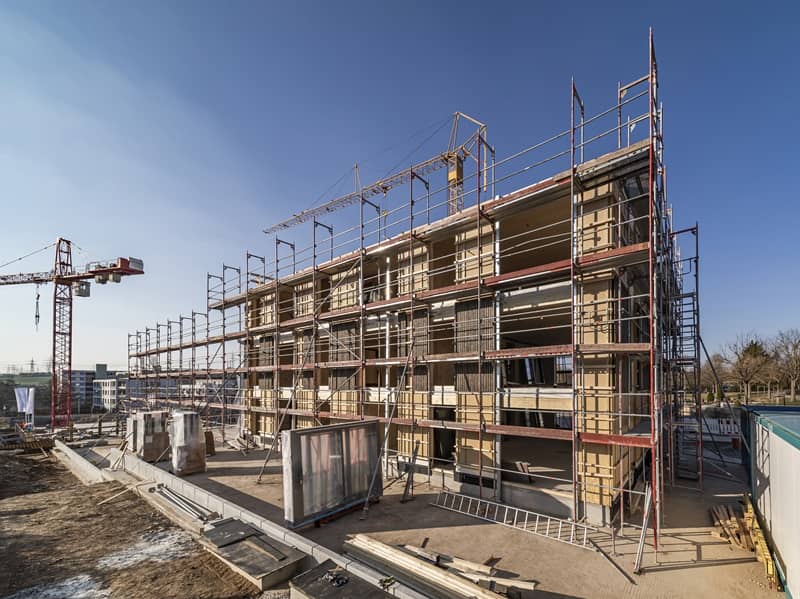By John A. Charles, Jr.
Oregon has a housing shortage, which has been known for decades. There is no single cause, but certainly a lack of buildable land is one of them. Only about 2% of Oregon’s land mass is developed, so one would think that finding land to build on should not be a problem.
But most of that land is not available for commercial use. More than half is in federal ownership, and the bulk of private land is zoned for exclusive farm or forest use. The primary goal of our state land-use program is to contain urbanization, so by definition buildable land outside of urban growth boundaries is a scarce commodity.
Gov. Tina Kotek was aware of the housing shortage when she ran for office. On her first day as Governor, she issued Executive Order (EO) No. 23-04, establishing a goal of producing an average of 36,000 new homes each year for the next ten years, a number far above the historical average. She also established a Housing Production Advisory Council.
The Council developed a long list of recommendations, some of which were included in her priority bill for the 2024 legislative session, SB 1537. The Governor’s bill eventually passed, for which she deserves credit. Unfortunately, SB 1537 is not likely to make much of a difference in housing production. Part of the problem is her definition of the issue.
The EO states that more than 50% of the 36,000 new homes “must be affordable” to people with low incomes, and that affordable housing requires public subsidy. These two conditions virtually guarantee that the housing goals will not be met, because they violate basic market principles.
People who sell goods or services have production costs that have to be factored into the eventual market price. That price has to cover all costs plus a reasonable profit. Just because a politician states that 50% of new supply must be affordable doesn’t mean it can happen. Production costs are real. If we have to subsidize production to meet the affordability goals, then the model is not financially sustainable.
Moreover, the overhead costs of procuring subsidies for “affordable housing” typically adds months or years to the construction process, which dramatically raises the final cost. For example, the Wall Street Journal reports that 4,500 apartments in Los Angeles that were subsidized with funds from a $1.2 billion affordable housing bond measure cost an average of $600,000 each. In contrast, SDS Capital Group is building a privately financed, 49-unit apartment in South Los Angeles for about $291,000 per unit.
The only sustainable way to bring housing prices down is to flood the market with supply. People with higher incomes will buy the new units, and their existing housing will then become available at a discount to other buyers.
The Governor would have been better off focusing SB 1537 on increasing housing supply by removing as many barriers to construction as possible. Those barriers include local construction excise taxes, excessive System Development Charges, delays imposed by local design review boards, and numerous zoning requirements. But SB 1537 actually creates additional layers of government, including a new state housing bureau.
The bill does nod to the problem of land supply by creating a process for cities to make modest expansions to their growth boundaries without the normal regulatory hoops, but those lands will never be significant. The acreage increase is too small relative to the housing shortfall.
The elites who run Oregon have long insisted that expanding Urban Growth Boundaries is unnecessary and wasteful, because adequate land for housing development exists inside current boundaries. In some theoretical sense they are right. You can always find an odd-shaped, undeveloped parcel inside city limits, or a low-slung house that can be replaced with a six-story apartment complex. Even on Manhattan Island in New York City there are always construction cranes building something.
But most people don’t want their neighborhoods to look like Manhattan, or even Omaha. As former Gov. John Kitzhaber used to joke in public speeches, “The only thing Oregonians hate more than sprawl is density.” Especially density in their own neighborhoods.
Most people want homes, not apartments, and the Oregon system is biased against that. In a state that is 98% open space, providing land for homes should be a solvable problem.
John A. Charles, Jr. is President and CEO of Cascade Policy Institute, a free market public policy organization based in Portland.













Ted
The author appropriately mentions government actions that cause increased housing prices: urban growth boundaries, zoning, and government “ownership” of half the land in Oregon.
Other factors include monetary policy, which has driven housing demand and re-inflated the housing bubble. Also factor in millions of illegal immigrants crossing the southern border.
No matter what the specific cause, all these causes have one thing in common: government policy. There would be no housing shortage in a free market economy.
Terry
After 20+ years developing affordable apartments using all kinds of funny money (housing tax credits, HOME loans. grants, etc.), I quit. Oregon Housing, originally established to get housing units built, morphed into a social service agency with utopian goals of recrafting society to fit their vision.
New rules and layered on regulations caused “affordable” apartment costs to rise from $90,000/unit (at which price I made a good profit) to over $425,000 today. But the housing bureaucrats continue to layer on new demands including inclusionary zoning and rules requiring the “rich developers” to employ the unemployable with few skills and less motivation–an ideology devoid of understanding.
Ideology is a cruel taskmaster as true believers refuse to grasp its results. When you believe you are right and convinced of your virtuosity, apparently no price is too high to pay.